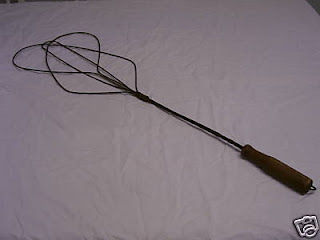I grew up in rural New York State. The town was small but had a few industries, now gone.
We lived in town, until I was in high school, when the house that Dad built was completed and we moved 2 miles out of the town limits. At the time, I was devastated, I didn't drive and didn't get my driver's license until I left home later; I felt isolated out there. But, looking back, I have some good memories of the house and the property.
Years later, I began looking back and realized that there were things about the way we lived that are disappearing in most of American life. Those things tell a story about the family and about life in America in general that, I think, are worth remembering and honoring. When my son was a child, I told him some stories that he enjoyed hearing, about hayrides and ice houses, that he had no experience with and could only imagine.
I started collecting artifacts that exemplify and remind me of those aspects of life then that are mostly rare now. They bring back fond memories of a time and a life style that's mostly gone.
Here's one of those memories:
Spring cleaning was a huge project. I don't know if I actually remember it more than once but I think we did it every year. I remember spring cleaning at my maternal grandmother's house. It seemed like all my aunts were there helping. The procedure was to take everything - EVERYTHING - out of each room at a time and to clean the room from ceiling to floor, then each item and put to put everything back in its place.
We put the furniture and big things out on the back lawn, small things on the dining room or kitchen table, as I remember. Everybody had a job; Grandma was the boss, of course. She directed all the activity. My job was to beat the carpet which was hung, by the uncles, over the clotheslines. And this is what I used (not this one, I had to find one like my memory of my grandmother's):
Despite the dust, it's a fond memory. I was able to do it and I was part of all the activity.
I think collecting these memories, writing them down, is a nice thing to do for your family. My son is grown now, he has a daughter of his own. He's not interested in those stories anymore but I think hearing them as a children growing up gave him a perspective that he might not have if he hadn't heard them. I haven't told my granddaughter any of the stories yet. I think I'd like to put them down in an illustrated notebook with photos of the things I've collected from back then.
When I started researching my families in my 20s, many of the relatives of my grandmother's generation were already gone, though I remember them from my early childhood. There were only a few people left who could help me fill in the blanks of who was who in the family. So, even though my son isn't particularly interested in the family history and many family members of my generation are also not interested, there may be future generations who want to know and I think it's important to gather the information and photos and artifacts. I collect things that I remember from my childhood that aren't used much anymore. I'll share photos of some of my collection here on the blog.


